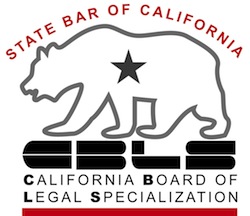It’s tax time: don’t overlook tax deductions in Chapter 13 bankruptcy case.
Tax deductions lurk in the most unlikely places.
If your Chapter 13 plan is catching up home loan arrears, there’s a deduction hiding in the trustee’s disbursement records.
Most likely, the lender’s filed proof of claim in the bankruptcy case is full of interest on the loan which accrued but was not paid before the case was filed.
Lender’s claim loaded with interest
A substantial amount of each monthly payment on your home loan is interest. That mortgage interest can be deducted if you itemize deductions.
For reasons that I can’t explain, mortgage lenders do not seem to provide a form1098 for mortgage interest paid through the trustee. But then, the whole business of accounting for mortgage payments made through Chapter 13 seems to be beyond most loan servicers.
Getting the straight story from mortgage lenders
How to find the deductible amount
All Chapter 13 trustees have information available on line for debtors whose cases they are administering. Usually, the instructions for how to access the information about your case are provided at the 341 meeting.
Find the section of the trustee’s site that shows disbursements or payments. Locate the claim filed by your lender, or its servicer. The report will show how much has been disbursed on that claim. You’ll have to isolate what’s been paid in the last tax year.
Here’s how to calculate the interest portion of trustee payment.
If you can’t sort the information for disbursements in a given period, you can look at the ledger of all disbursements; flag and total the payments to your lender.
Support tax deduction with proof
The IRS relies on 1099 forms sent to them, with copies to the taxpayer, to verify your right to the deduction. Since the lenders don’t seem to acknowledge Chapter 13 payments as interest, you’re on your own to back up your claim for a tax deduction.
I suggest that you get a copy of the bank’s proof of claim, print off the trustee’s disbursement records, and save them along with a copy of your plan with your supporting tax documents. You’ll want to be able to back up your tax deduction should the IRS inquire.
Other deductions hiding in the plan
The same principle, that payments by the trustee are really payments attributable to you, the tax payer, applies to any deductible taxes or business expenses that the trustee has disbursed.
There is no reason to let those tax deductions in bankruptcy go to waste.
Set your cap for tax deductions in Chapter 13 disbursements.
Happy hunting.
More
Calculating the deduction from trustee records






